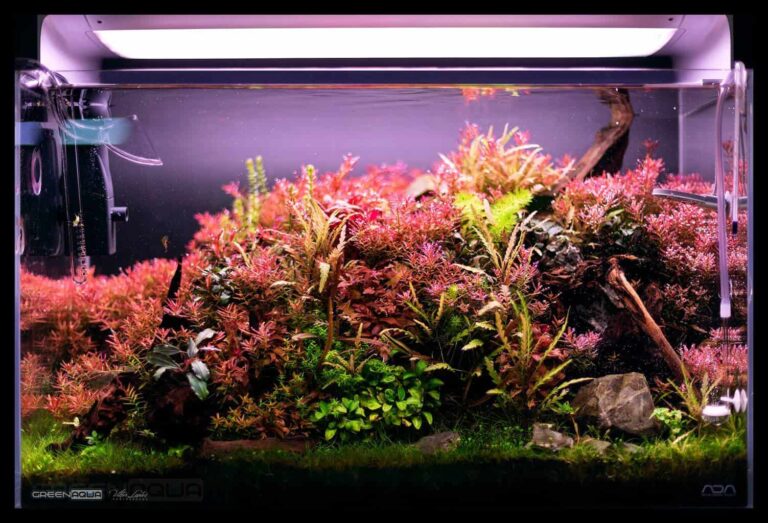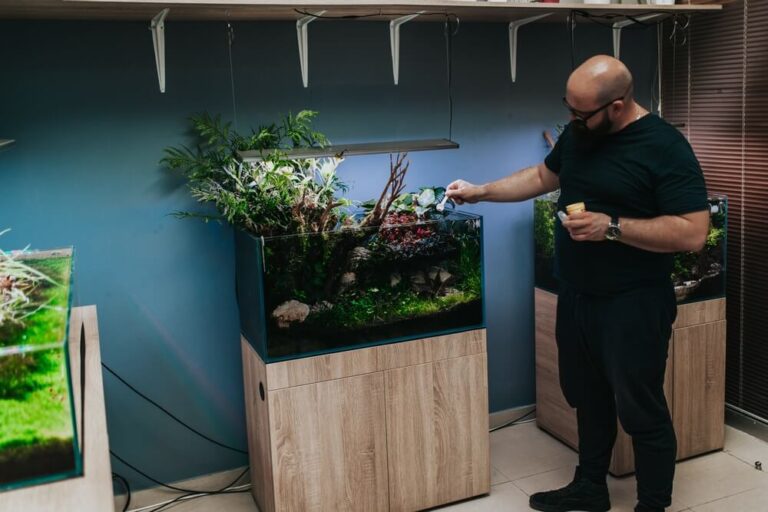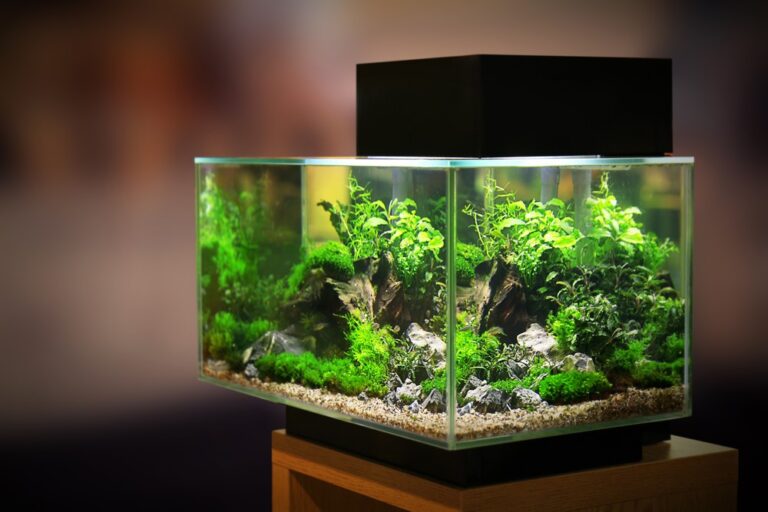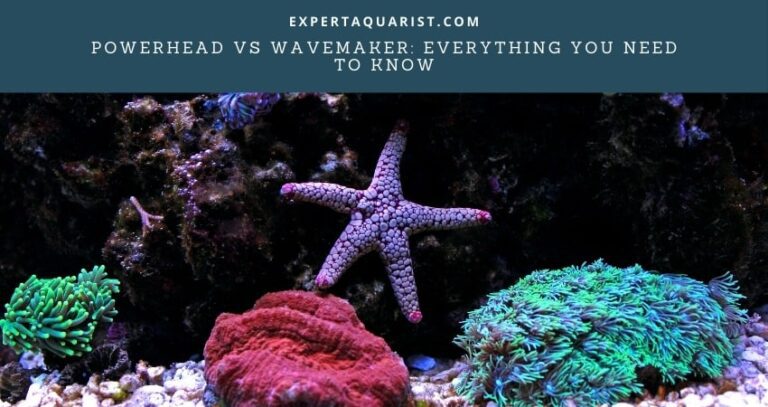Building a small outdoor pond is an excellent way to enjoy beautiful fish, amphibians, and aquatic plants. It’s a fantastic addition to a backyard and provides an excellent food source for dragonflies, birds, hedgehogs, butterflies, frogs, and a wide range of wildlife.
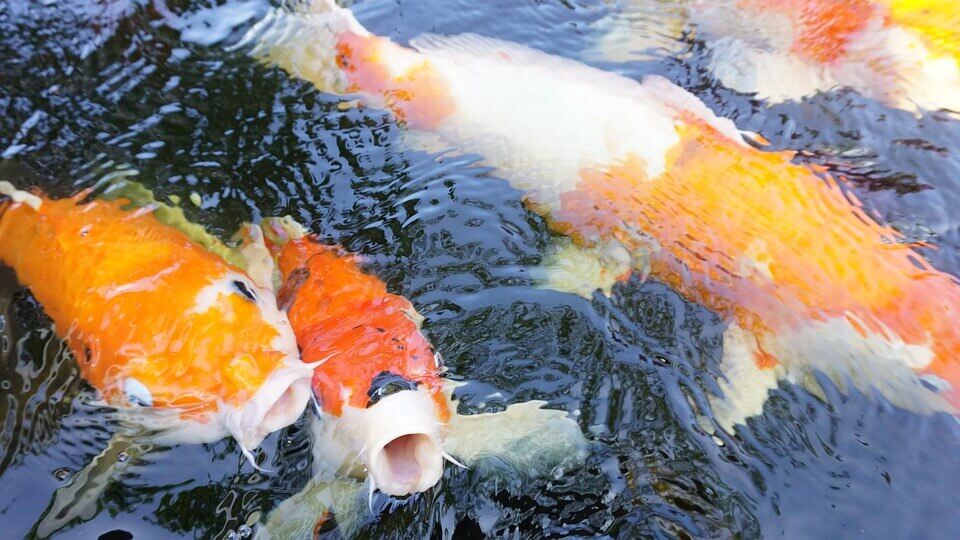
A pond is a natural water garden that requires regular maintenance and care. It’s a simple structure to create for your backyard or patio with the right equipment and tools.
When you create a mini pond, you can start with any object or vessel that can hold and support water, whether you set it up above ground or dig a space in your yard to insert the pond. A DIY pond is easy and fun to assemble, whether you assemble a pre-fabricated ground pool kit or create one from a planter pot, tub, or similar container.
Step 1: Choose a Structure for Your Pond
If you’re looking to keep the installation process simple, you can purchase a pre-fabricated pond available online or at a local retailer; whether you prefer a small, patio-sized pond with a waterfall or similar water features, a larger pond for your backyard or build one from scratch.
While creating a DIY pond may require additional materials and equipment, most small ponds and pre-fabricated kits are easy to assemble.
There are a few critical factors to consider when you select a pre-made pond:
- The size, shape, and style of the pond, and how it will fit in with your backyard or patio structure. This factor is especially important in choosing the right outdoor aquarium, and it’s essential to take measurements and determine water sources and electric outlets.
- Budget is a crucial part of planning your pond, as the initial cost can vary from $50 to over $500, not including fancy goldfish, tropical fish, pond plants, water lilies, carp, and other small fish.
- The level of commitment is essential because while smaller ponds require regular cleaning, larger ponds involve more equipment for maintenance, such as a skimmer, vacuum, and beneficial bacteria to keep the pond water free of harmful toxins.
2. Choose a Location for Your Backyard Pond
Do you have lots of shade from a canopy or tall trees? When selecting a spot to install your pond, it’s crucial to consider whether there will be sufficient sunlight for photosynthesis or if nearby structures interfere with this process.
If you’re digging to install an in-ground pond, you’ll want to choose a place near a garden or next to your patio. An apartment balcony, solarium, or small yard can easily accommodate a sink or container for a smaller pond.

3. Add a Pond Liner
Most pond kits include a liner, though the container isn’t wholly waterproof, or if you’re repurposing a container into a pond, you’ll want to add a pond liner. An extra liner is a good idea, especially if the pond structure is prone to leaks.
You can also fortify your pond with bricks and rocks to maintain a solid, secure shape. If you have turtles and other small animals entering the pond, creating an incline with rocks or gravel is a great way to help them access water.
4. Fill Your Pond With Quality Water
Rainwater is ideal for filling your pond, as it’s natural and adapts well to aquatic life. Tap water and some types of bottled water contain chemicals that could cause issues with the pond.
5. Select Pond Fish and Plants
Once a pond is ready with water, a pump, and a filtration system, it’s the perfect time to choose a few plants. If you’re uncertain which plants to choose for your garden pond, there are a few great options that are easy to care for, including the following:
- Creeping Jenny, or moneywort, is an excellent plant for an outdoor pond, as it provides lots of coverage for small and more significant fish. This bright green plant is a wonderful contrast against pale, neutral colors in the aquarium water, with small, yellow flowers.
- Small water lilies create a fantastic visual on the surface of your pond. If your outdoor aquarium is tiny, miniature water lilies are ideal.
- If you have an in-ground pond, cardinal flowers are a beautiful, bold option to plant around the perimeter. These vibrant flowers grow up to three feet tall and are perfect for larger ponds.
- Water hyacinths are bright lavender or purple in color. They grow and spread quickly, making them virtually effortless, though they can easily take over your pond and must be monitored regularly.
It’s important to start with one or two plants first to get an idea of how quickly they develop and spread within the pond. You may find some plants grow fast, and other aquatic vegetation isn’t required.
When searching for new fish to inhabit your pond, you’ll find many stunning, beautiful options, including goldfish, golden orfe, koi fish, algae eaters, sunfish, and koi carp. You can also decide to create a koi pond, which is vibrant and enjoyable to observe as koi fish swim in groups. It’s crucial to choose hardy fish that are generally easy to care for and adapt well to small fluctuations in water temperature.

6. Observe and Enjoy Your Pond
When your pond is set up to accommodate plants, fish, frogs, and other small animals, it’s an enjoyable experience to observe your aquatic life thrive in its new environment.
It’s important to keep your pond well maintained and regularly cleaned, with equipment stored nearby, which makes it easy. Keeping a healthy pond will help prevent the spread of disease and toxins from dead fish, leftover fish food, waste, and debris such as leaves and branches.
Final Thoughts
Setting up your first outdoor aquarium is a straightforward project that requires a complete backyard pond kit or all the equipment you need to build one from scratch. It’s a wonderful addition to your property, patio, or apartment balcony, and with regular care and cleaning, you can enjoy your pond every season.

